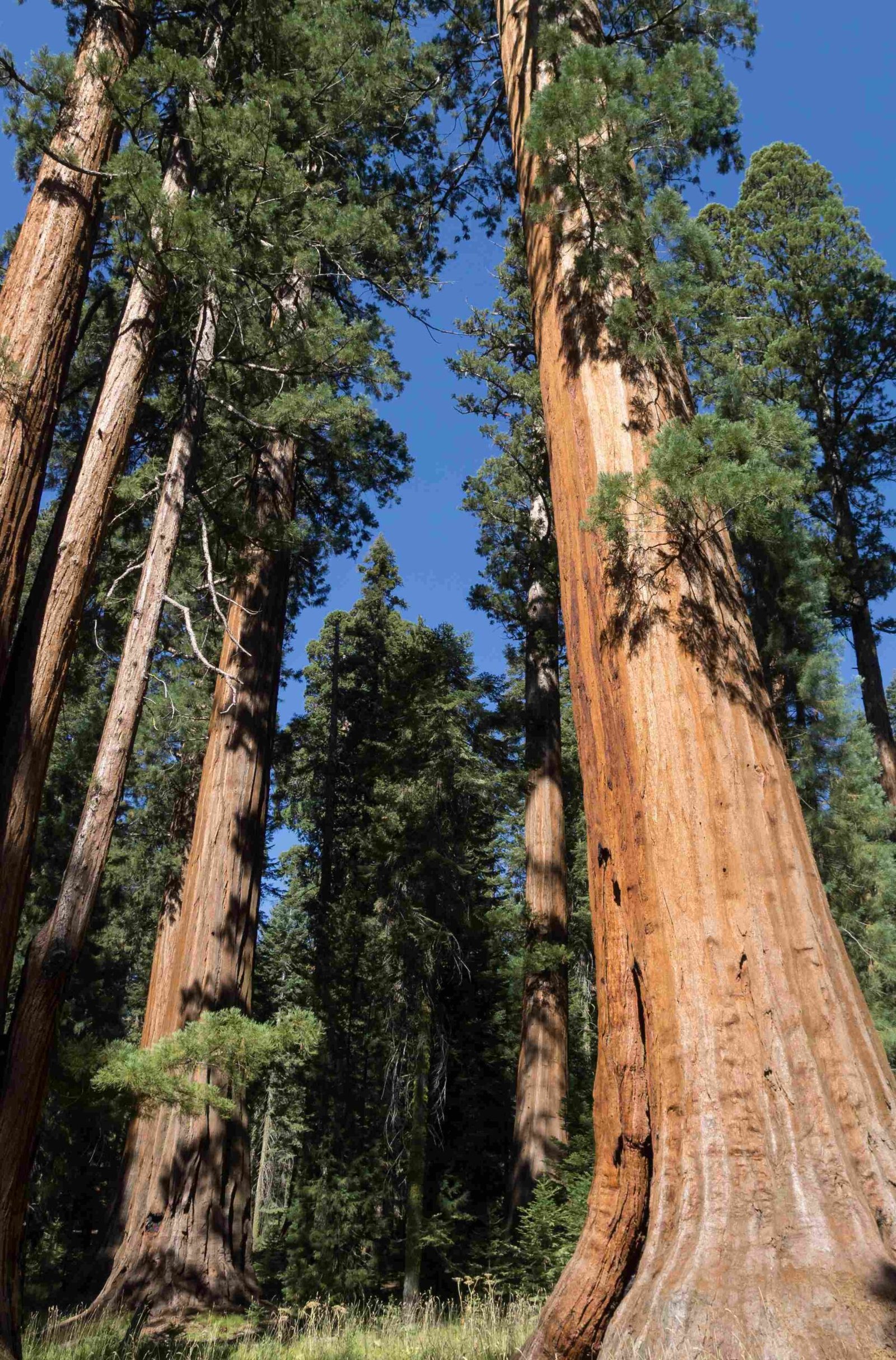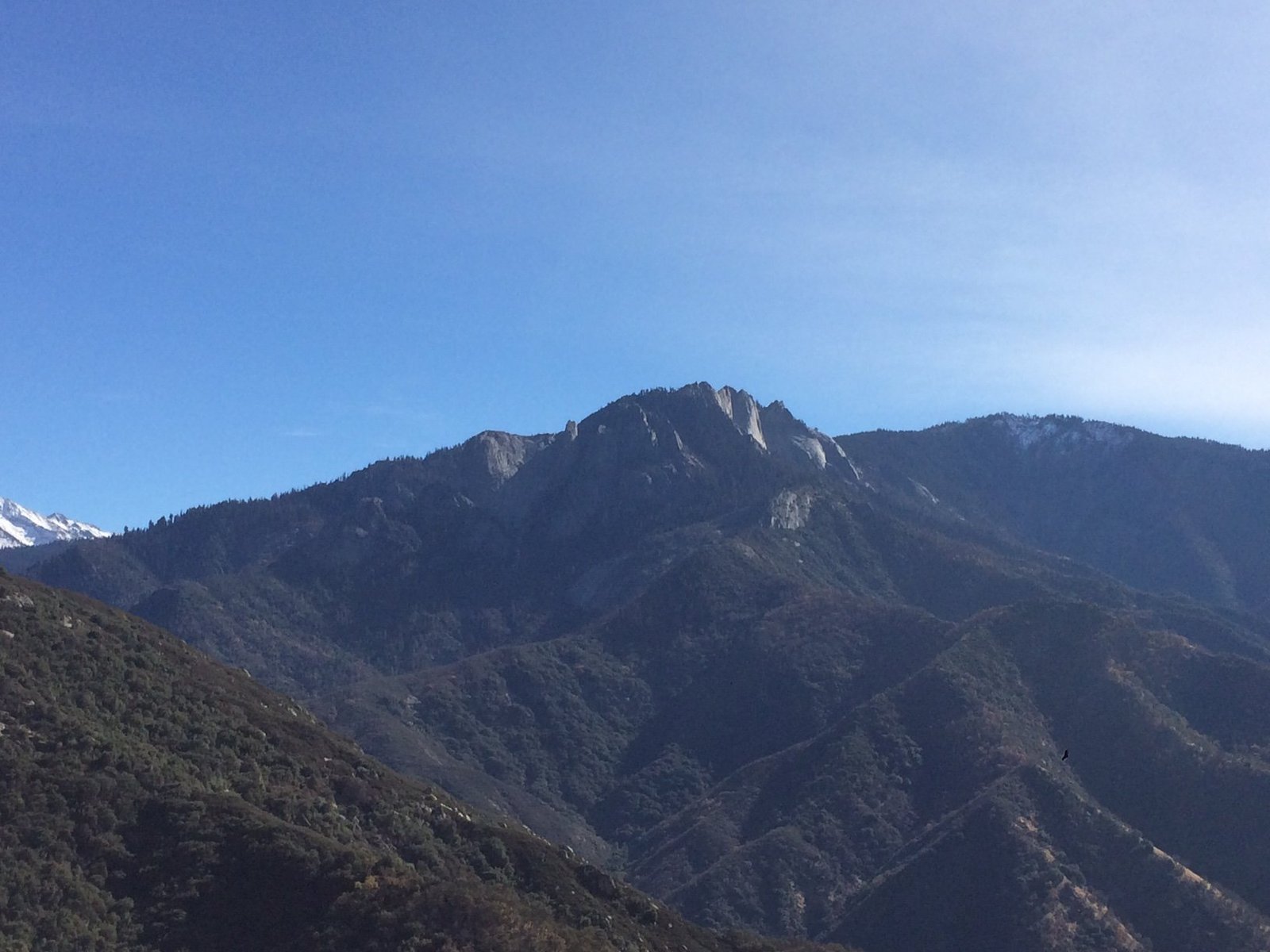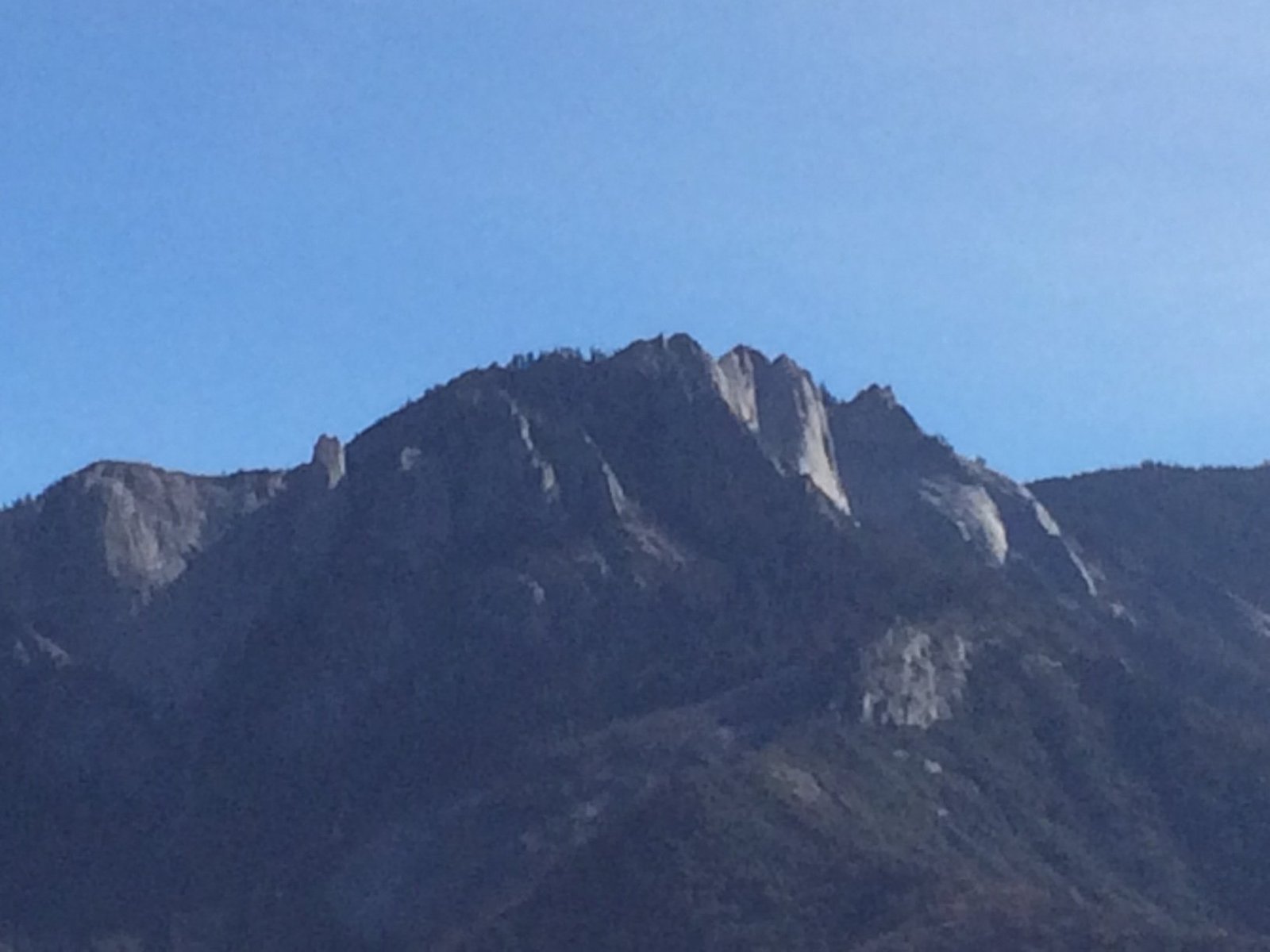Eagle Lake in Sequoia National Park sits at an impressive elevation of approximately 10,000 feet (3,000 meters) above sea level. This alpine lake is a popular destination for hikers, offering breathtaking views and a challenging trek. The trail to Eagle Lake starts from the Eagle-Mosquito Trailhead at about 7,830 feet, requiring hikers to climb roughly 2,180 to 2,400 feet over a 3.5 to 3.6-mile journey. This significant elevation gain, combined with the surrounding rugged terrain and high-altitude environment, makes the Eagle Lake trail a notable feature of Sequoia National Park’s diverse landscape.
What is the Exact Elevation of Eagle Lake?

Eagle Lake in Sequoia National Park is situated at an elevation of approximately 10,000 feet (3,000 meters) above sea level. This high-altitude location contributes to the lake’s pristine alpine environment and offers visitors a chance to experience the unique ecosystem of the Sierra Nevada’s upper elevations.
How Much Elevation Gain is Required to Reach Eagle Lake?

To reach Eagle Lake, hikers must undertake a significant climb:
- Starting elevation: 7,830 feet (Eagle-Mosquito Trailhead)
- Ending elevation: 10,000 feet (Eagle Lake)
- Total elevation gain: 2,170 to 2,400 feet (depending on the exact route taken)
- Distance: 3.5 to 3.6 miles one-way
This elevation gain occurs over a relatively short distance, making the trail moderately strenuous and requiring good physical fitness.
What Are the Surrounding Peaks and Their Elevations?
Eagle Lake is nestled among several impressive peaks in the Mineral King area of Sequoia National Park:
- Vandever Mountain: 11,947 feet
- Empire Mountain: Approximately 11,000 feet
- Mineral Peak: Over 11,000 feet
These surrounding peaks tower over Eagle Lake, creating a dramatic alpine backdrop and offering additional hiking opportunities for those seeking even higher elevations.
How Does the Elevation Affect Trail Conditions?
The high elevation of Eagle Lake and its trail presents several challenges and unique features:
-
Thin Air: The air at 10,000 feet is noticeably thinner than at sea level, which can make breathing more difficult, especially for those not accustomed to high altitudes.
-
Temperature Fluctuations: High elevations experience more extreme temperature changes between day and night.
-
Weather Variability: Sudden weather changes are common at high elevations, with the possibility of thunderstorms in the afternoon during summer months.
-
Snow Cover: Due to the high elevation, snow may persist on the trail well into the summer months, especially in shaded areas.
-
Unique Geological Features: The trail passes through areas with interesting geological formations, including:
- Sinkholes
- Underground creek sections
- Talus slopes
What Are the Accessibility Challenges Due to Elevation?
The high elevation of Eagle Lake presents several accessibility challenges:
-
Physical Fitness: The significant elevation gain requires good physical condition and endurance.
-
Acclimatization: Visitors coming from lower elevations may need time to acclimatize to prevent altitude sickness.
-
Limited Season: The high elevation means the trail may be snow-covered and inaccessible for a significant portion of the year.
-
Road Access: The trailhead is reached via the 25-mile Mineral King Road, which is narrow, winding, and not suitable for large vehicles.
What Amenities Are Available at This Elevation?
Despite the high elevation, some amenities are available for visitors:
- Bear Boxes: Located at the trailhead for food storage
- Nearby Campgrounds:
- Cold Springs Campground
- Atwell Mill Campground
- Ranger Station: Seasonal ranger station in Mineral King Valley
However, due to the remote location and high elevation, visitors should be prepared for limited facilities and services.
How Does the Elevation Impact Wildlife and Vegetation?
The high elevation of Eagle Lake creates a unique alpine ecosystem:
- Flora:
- Subalpine meadows
- Hardy coniferous trees
-
Alpine wildflowers (seasonal)
-
Fauna:
- Marmots
- Pikas
-
Various bird species adapted to high altitudes
-
Vegetation Zones: The trail passes through different vegetation zones as it gains elevation, showcasing the transition from montane to subalpine ecosystems.
What Are the Best Times to Visit Considering the Elevation?
The high elevation of Eagle Lake affects the best times to visit:
- Summer (July-September):
- Pros: Snow-free trails, warmer temperatures
-
Cons: Possible afternoon thunderstorms, more crowded
-
Late Spring/Early Fall (June and October):
- Pros: Fewer crowds, beautiful wildflowers or fall colors
-
Cons: Possible snow on trails, colder temperatures
-
Winter (November-May):
- Generally inaccessible due to snow and road closures
How Should Hikers Prepare for the High Elevation?
To safely enjoy the Eagle Lake trail at its high elevation, hikers should:
- Acclimatize properly if coming from lower elevations
- Stay hydrated and drink plenty of water
- Use sun protection (sunscreen, hat, sunglasses)
- Bring layers of clothing for temperature changes
- Start early to avoid afternoon thunderstorms
- Carry a map and compass or GPS device
- Inform someone of your hiking plans
- Be prepared for emergencies with a first-aid kit
By understanding and respecting the challenges posed by the high elevation of Eagle Lake in Sequoia National Park, visitors can safely enjoy this beautiful alpine destination and its surrounding wilderness.

